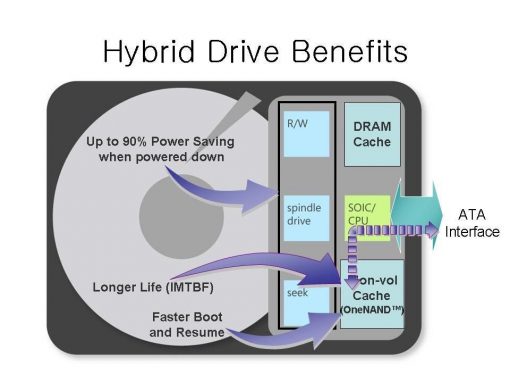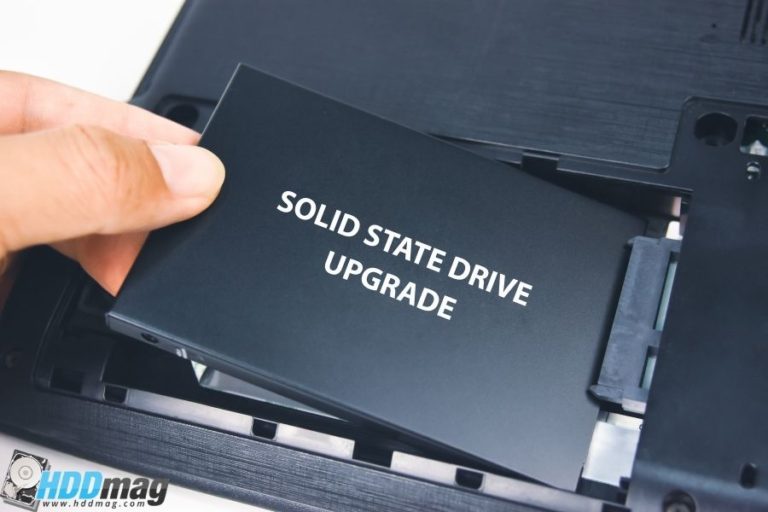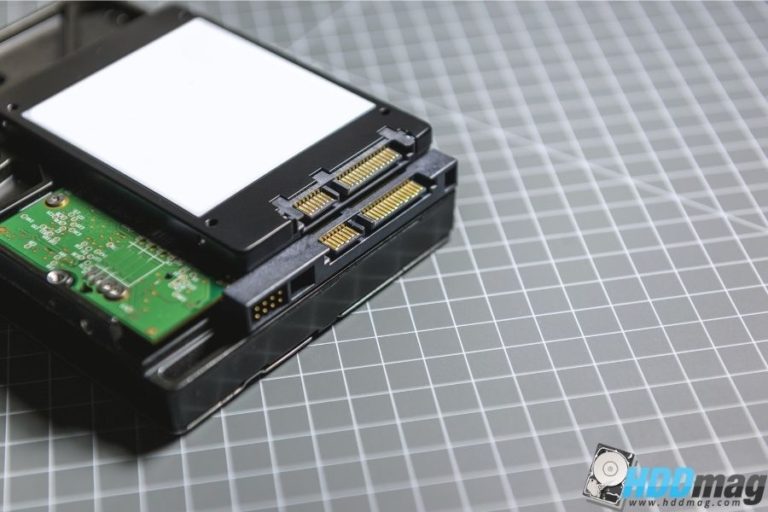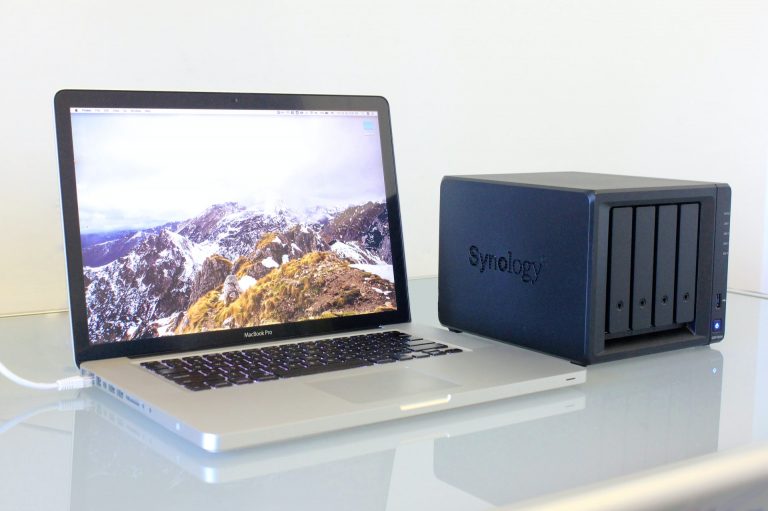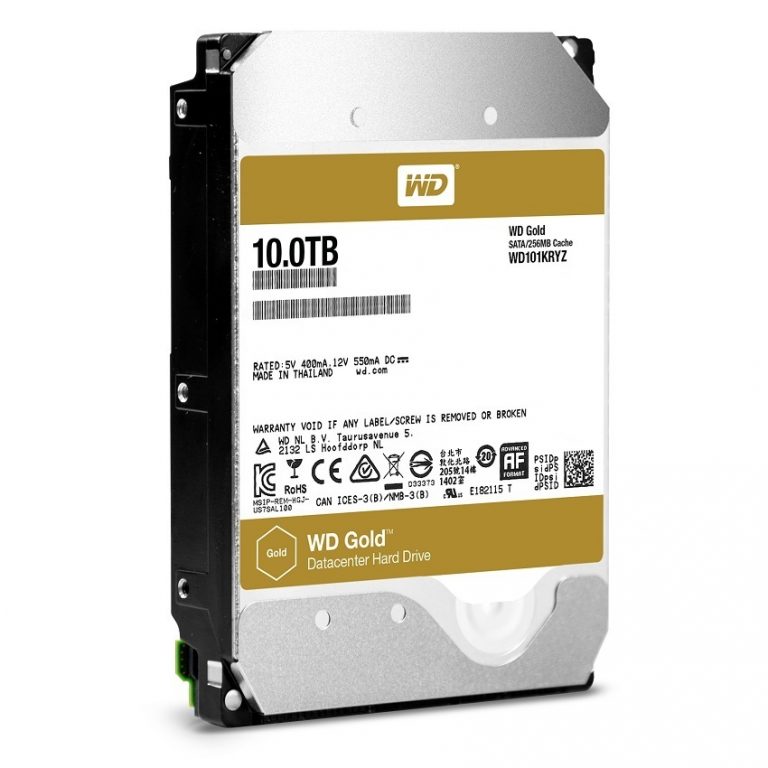Hybrid Drives: Integrating Hard-Disk Drives with Solid-State Drives
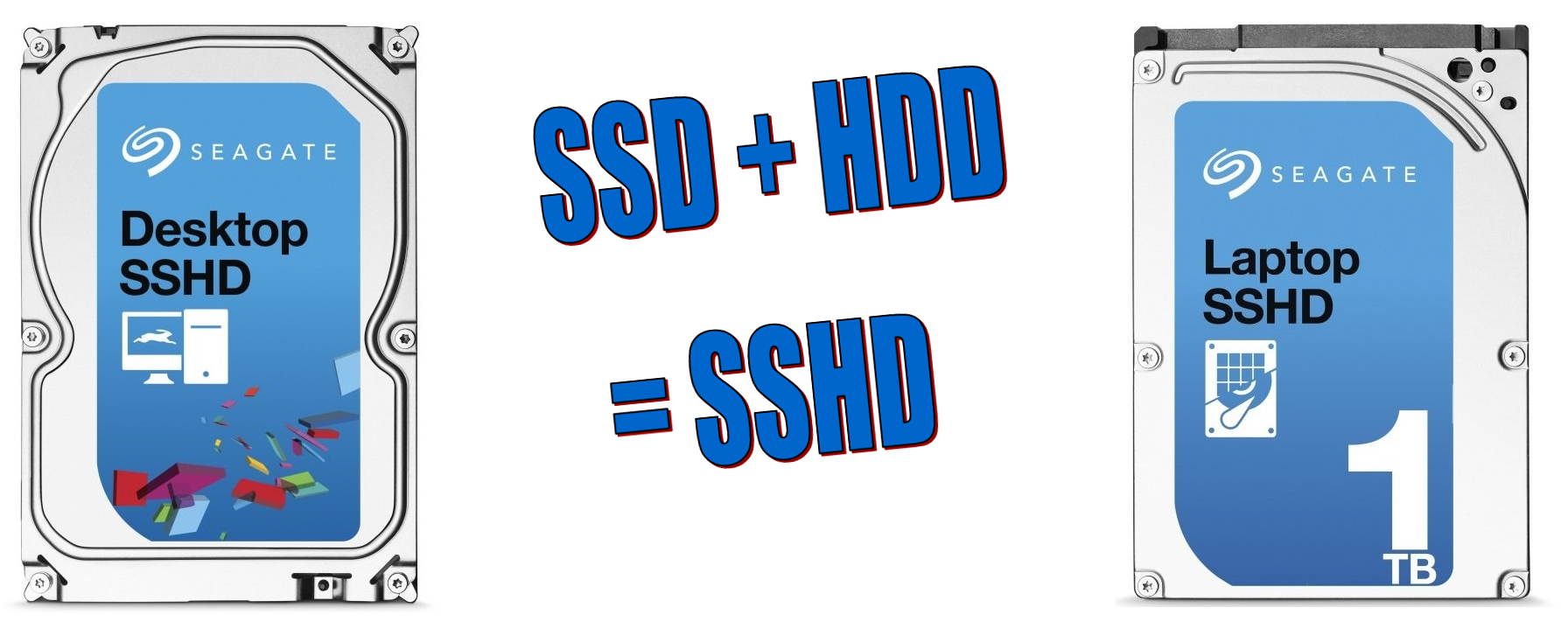
Traditionally, hard-disk drives have been the default for desktop and laptop data storage, whereas solid-state drives have similar functions, but use nonvolatile NAND flash memory and use no mechanical or magnetic parts. While hard-disk drives are spacious, simple, and less expensive, solid-state drives are high-performing and more durable. However, hybrid drives combine the capacity of hard-disk drives with the speed of solid-state drives. This is accomplished through using both rotating platters and small amounts of high-speed flash memory in one device.
Function
Hybrid drives are able to integrate hard-disk drives and solid-state drives by caching the most frequent accessed bits to high-speed NAND flash memory. However, once the most frequently accessed bits are stored on flash memory, they are served from the flash, resulting in solid-state drive-like performance for most-used files. Not commonly-used files will have the same functionality as if the user were to use a hard-disk drives. As the user uses the drive more often, the drive will automatically move files in accordance with the user’s activity. Therefore, the two functions are combined as a compromise, optimizing the user’s experience without the distinct disadvantages of either one type.
Advantages and Disadvantages
Hybrid drives are less costly, offer a large capacity, and are easily manageable. While they cost slightly more than hard-disk drives, they are significantly cheaper than solid-state drives, while still offering high performance that is suitable for most purposes. Because the cache volume is hidden from the OS, data is automatically stored on the flash memory and storage is not easily filled. As a result, boot times improve as well. However, hybrid drives have difficulty with new data, and the drive acts like a standard hard drive. The software must learn which data to cache, which can lead to longer processing times and difficulty in configuration.
Specs
Hybrid drives have a relatively small amount of SSD storage, with an average maximum of 1TB of mechanical space and 8GB of solid-state memory. While that is a decent storage level, it is far less than the non-hybrid 128GB or 256GB drives. The drive is one physical drive, and both solid-state speeds and mechanical drive storage can be accessed through one drive bay.


